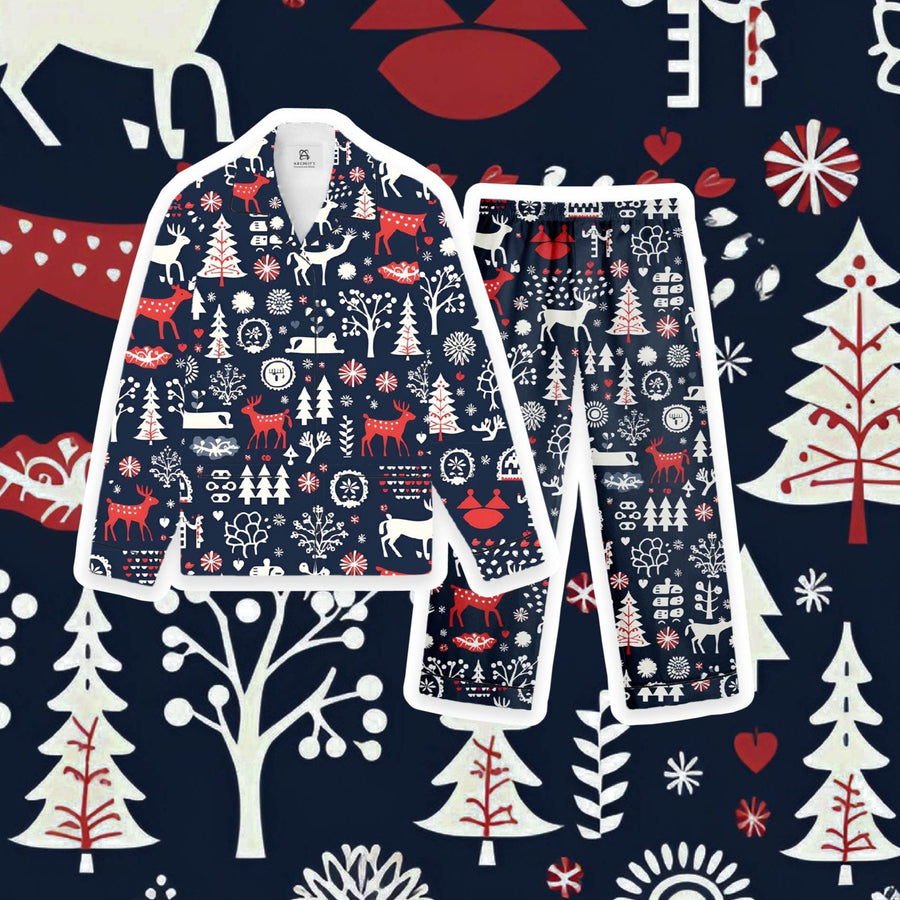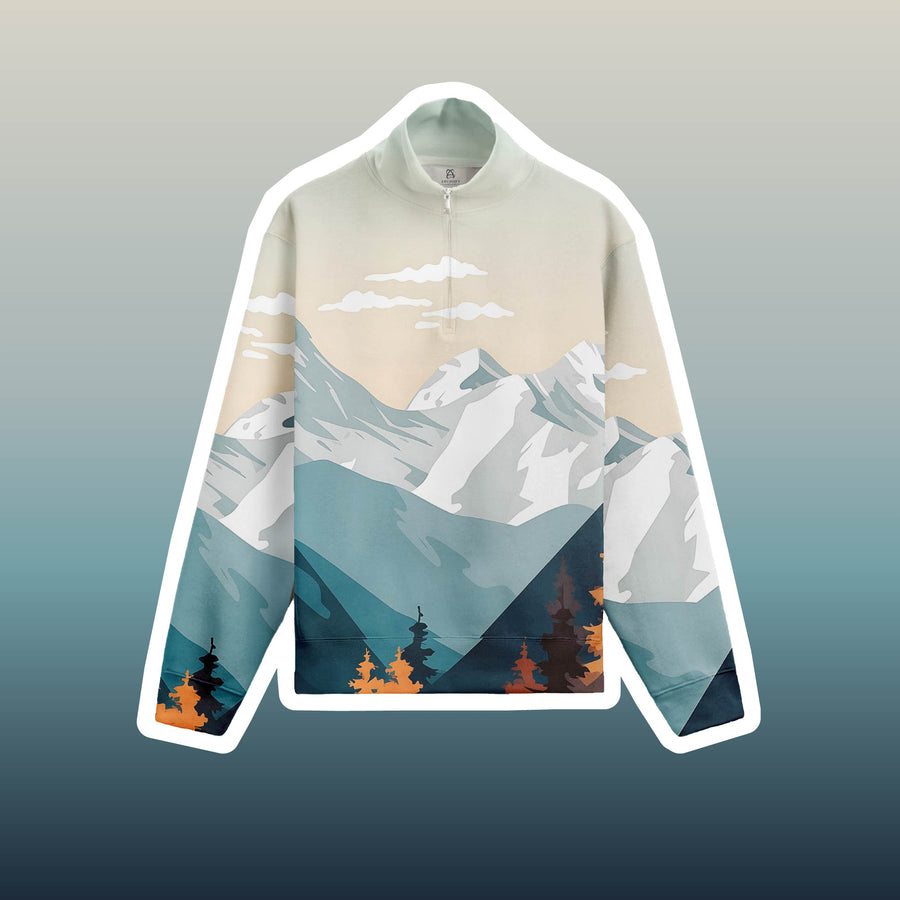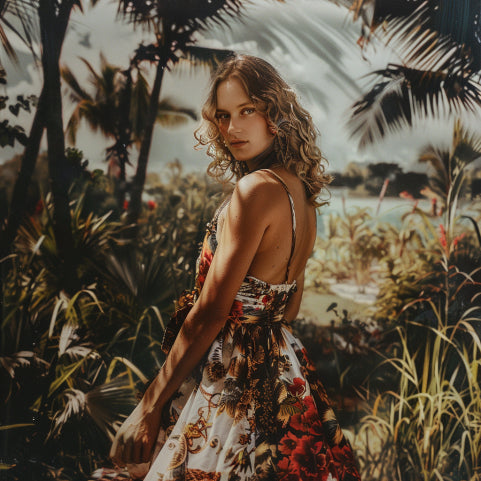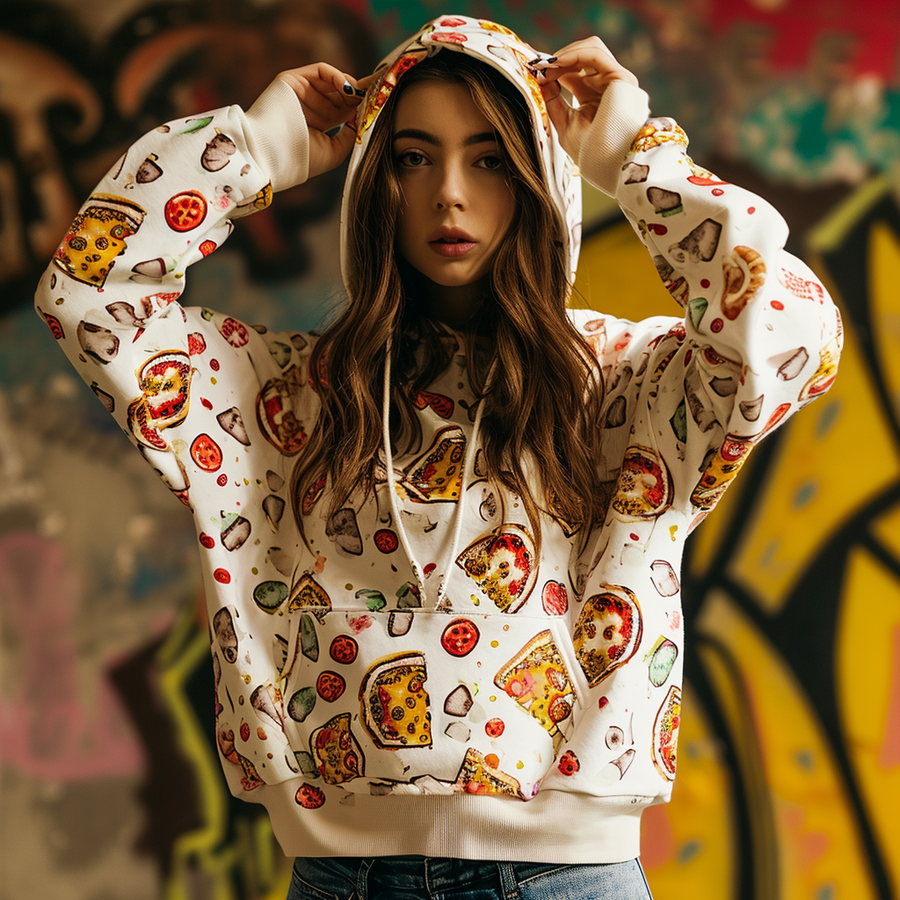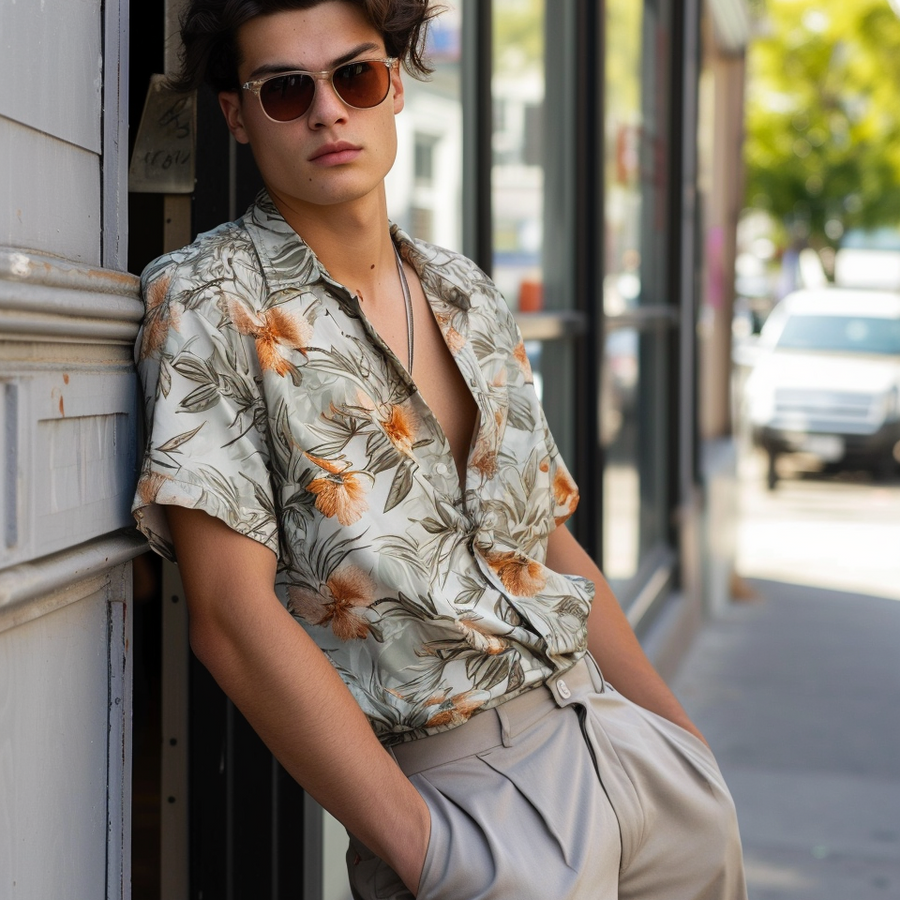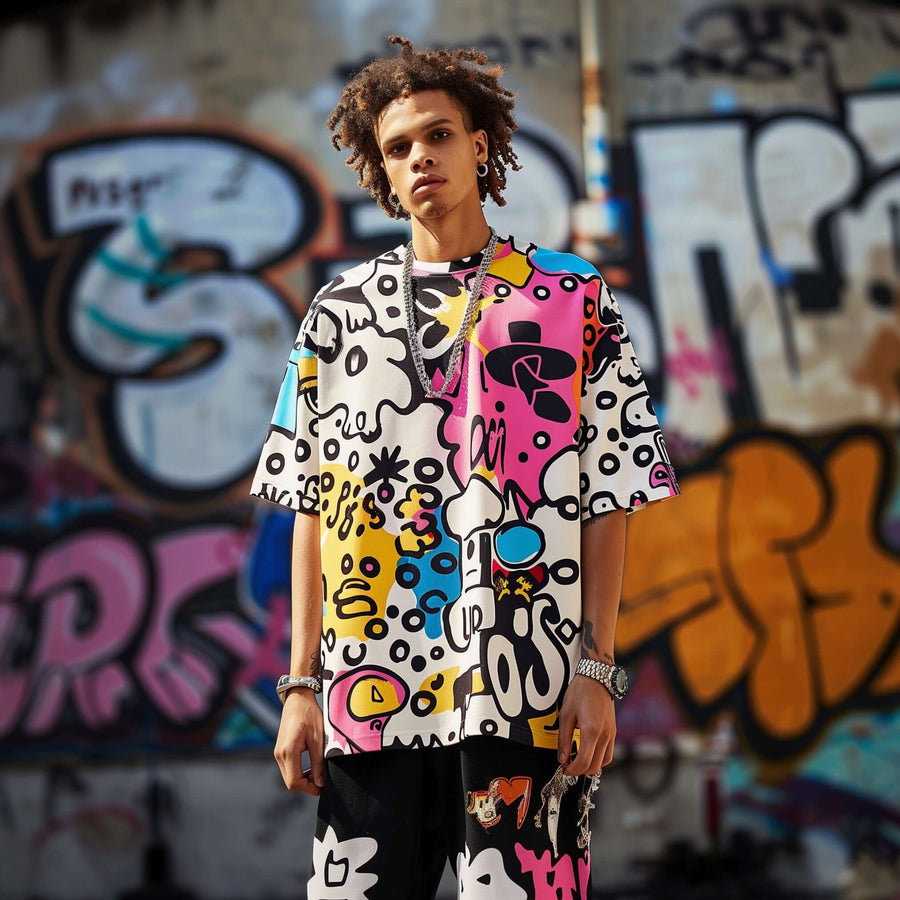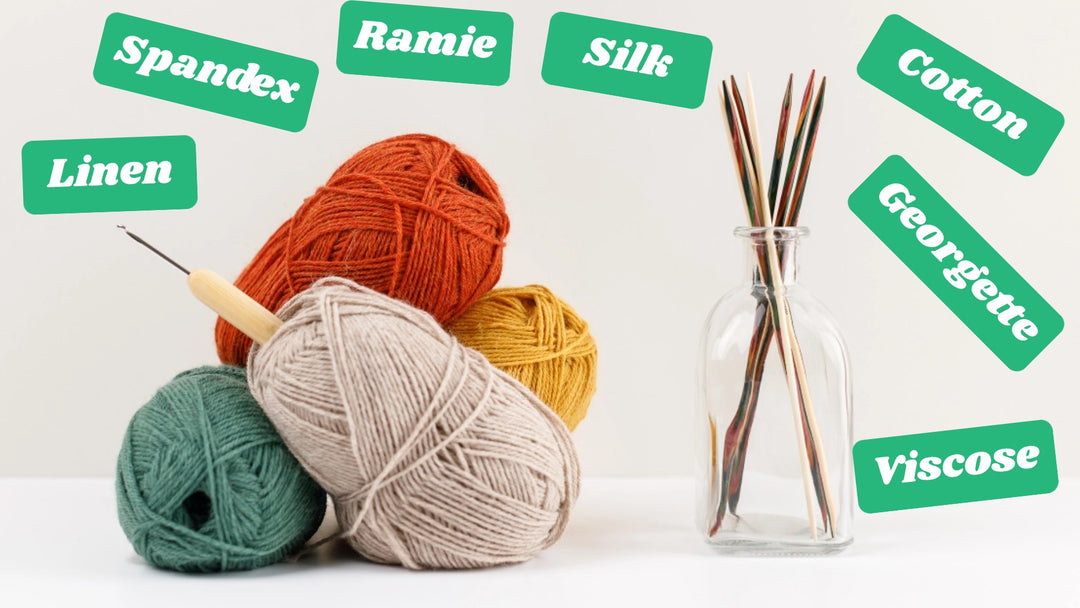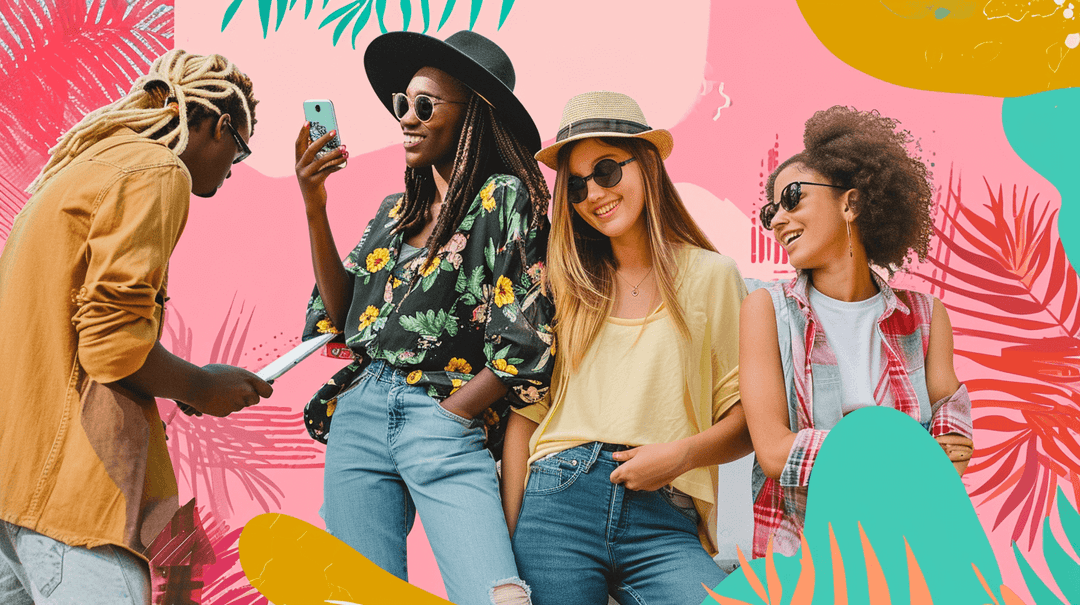Popular styles to wear in 2024
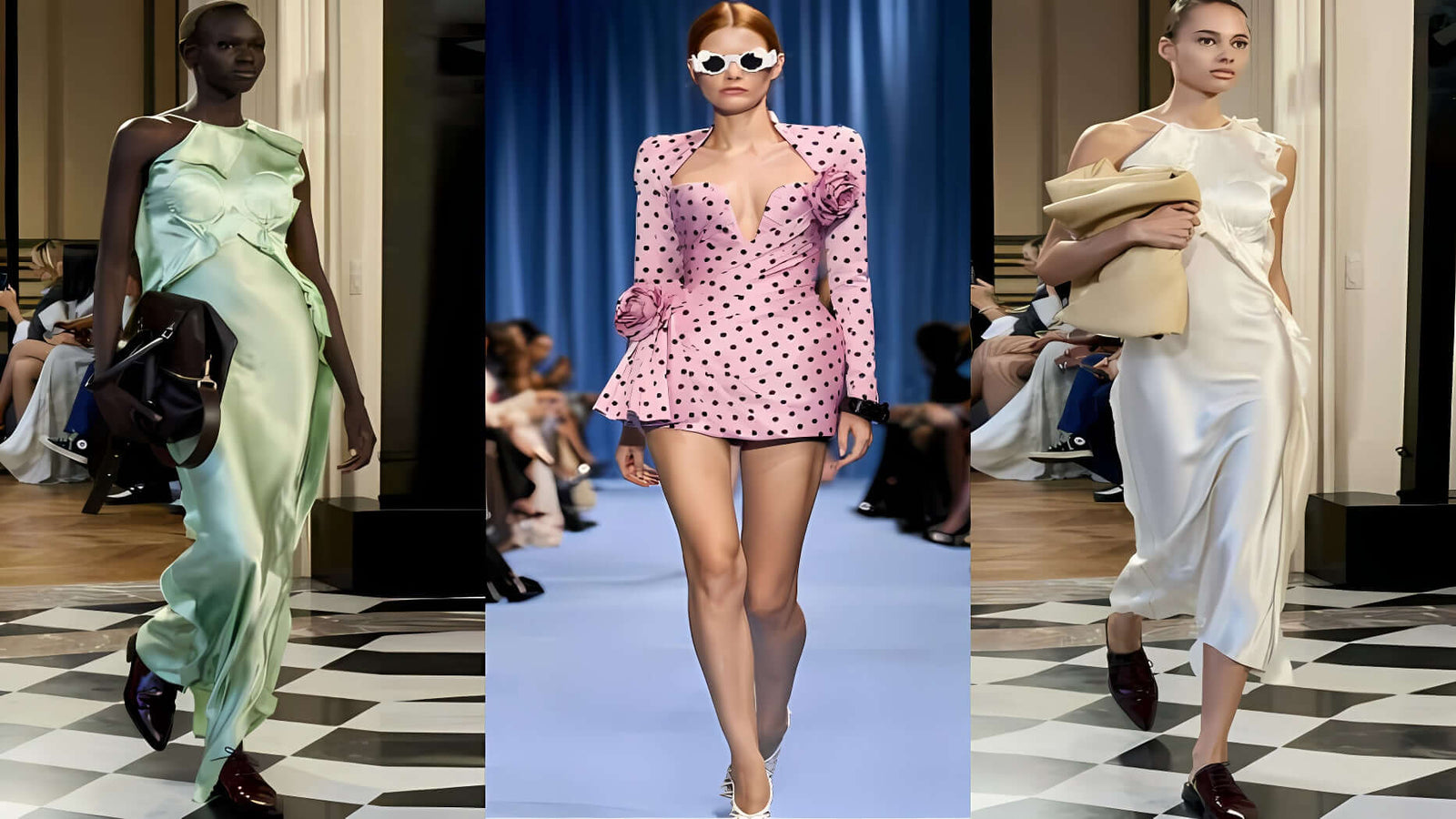
1. Sustainable Fashion:
Sustainable fashion will continue to be a key trend in 2024 as concern for the environment and sustainability grows. More brands will introduce clothing and accessories made from eco-friendly materials, as well as collections that utilize sustainable production and design concepts. Wearing eco-friendly fashion not only shows personal taste, but also conveys responsibility and concern for environmental protection.
1. Eco-friendly materials: Sustainable fashion is first and foremost reflected in the choice of materials. Sustainable fashion brands tend to choose environmentally friendly materials, such as organic cotton, soy fiber, bamboo fiber, recycled polyester, etc. These materials have a lower environmental impact and the production process is more environmentally friendly.
2. Intelligent Design: Sustainable fashion focuses on intelligent and innovative design. Designers try to reduce resource consumption and environmental pollution in the process of garment production by minimizing waste generation, optimizing cutting solutions, reducing sewing processes, and so on.
3. Good production conditions: Sustainable fashion is concerned with social responsibility issues in the production process. This includes protecting workers' rights and interests, providing reasonable wages, improving the working environment and working conditions, etc. to ensure that the production process is fair and humane.
4. Transparency and traceability: Sustainable fashion brands usually place great importance on transparency and traceability. They will disclose all aspects of the production process, including the procurement of raw materials, production locations and processes, etc., so that consumers can understand the real situation of their products and participate in the sustainable development of the brand.
5. Promoting circular economy: Sustainable fashion encourages recycling and reuse. Brands will take various measures, such as clothing rental, second-hand trading, garment recycling and reuse, to extend the life of garments and reduce waste and resource consumption.
6. Education and publicity: Sustainable fashion brands are not only committed to producing sustainable products, but also actively engage in education and publicity to raise public awareness and consciousness of sustainable fashion. They will organize various activities, publish sustainability reports, advocate green consumption, etc. to promote social recognition and support for sustainable fashion.


2. Retro Revival:
Retro styles have been popular over the past few years, and in 2024 we will see a revival of even more retro elements. From the baggy pants of the 70s to the sporty styles of the 90s, a variety of vintage styles will create a retro craze in the fashion world. People will show their nostalgia for a bygone era by wearing vintage clothing, while giving classic styles a new fashion appeal. Specifically, retro revival style usually contains the following characteristics:
1. clothing styles:
● Popular era: Retro revival style can cover the popular elements of many eras, from the Victorian era of the early 20th century, the retro revival style of the 20s and 30s, the retro modern style of the 40s and 50s, the psychedelic retro style of the 60s and 70s, and the retro pop style of the 80s and 90s.
● Characteristic styles: In terms of clothing styles, common retro revival styles include Victorian high-necked dresses, elegantly cut bodices from the 20s and 30s, vintage dresses from the 40s and 50s, and bell-bottomed pants and psychedelic patterns from the 60s and 70s.
2. Materials and patterns:
● Classic materials: Retro revival styles often use classic materials such as silk, fleece, wool and cotton, as well as vintage-inspired yarns and fabrics.
● Iconic patterns: Retro revival style clothing often uses iconic patterns, such as vintage florals, patchwork patterns, vintage geometric patterns, stripes and plaids, as well as vintage iconic patterns and slogan prints.
3. accessories and jewelry:
● Classic accessories: Retro Revival style accessories usually include classic vintage styles, such as wide-brimmed hats, scarves, gloves, belts, handbags, and vintage eyewear.
● Vintage jewelry: Retro revival style jewelry often reflects a strong vintage flavor, such as pearl necklaces, vintage pendants, pocket watches, vintage earrings and so on.
4. Hairstyle and make-up:
● Classic Hairstyles: Retro Revival hairstyles often feature classic hairstyles that were popular at the time, such as coiffed hair, wavy curls, and shoulder-length hair.
● Vintage Makeup: Retro Revival makeup styles often highlight vintage makeup that was popular at the time, such as thick eyebrows, pink lip gloss, eyeliner and eye shadow.

3. Multicultural collision:
Multicultural collision will bring more colorful wearing style. Clothing elements from various cultures and nationalities will be fused together to create unique and individualized fashion styles. From the traditional costumes of the East to the popular elements of the West, the collision of multiple cultures will inject new vitality and creativity into the fashion world.
1. Fusion of elements from different regions:
The multicultural collision style is a clever fusion of clothing elements from different regions. For example, you can see the combination of traditional clothing elements from the East and popular elements from the West, or the intermingling of ethnic patterns from Africa and colors from South America. This kind of cross-cultural collision creates unique and diversified fashion styles and shows the rich and colorful cultural heritage.
2. Integration of tradition and modernity:
The multicultural collision style not only integrates the clothing elements of different regions, but also blends traditional and modern design concepts. Traditional ethnic patterns, embroidery techniques or decorative elements are given a modern design language and style to make them more in line with the needs and aesthetics of contemporary fashion. This fusion breaks the boundaries between tradition and modernity and creates a new fashion style with both traditional flavor and modernity.
3. Diverse colors and patterns:
The multicultural collision style is very colorful in the use of colors and patterns. From bright ethnic colors to complex ethnic patterns, from traditional geometric patterns to modern abstract elements, different colors and patterns intertwine with each other, showing a unique visual effect and artistic charm. Such diverse colors and patterns allow the wearer to show a richer and more personalized style on the fashion stage.
4. Emphasize individuality and freedom:
The multicultural collision style emphasizes individuality and freedom and encourages the wearer to express himself and show his personality. Under this style, everyone is free to mix and match different clothing elements according to his or her own cultural background, aesthetic concepts and personal preferences to create his or her own unique fashion style. This personalized style of dressing makes fashion more diverse and inclusive, so that everyone can find their own place on the stage of fashion.

4. Influence of street culture:
Street culture will continue to have a significant impact on fashion and be the fashion statement of 2024. From street art to street sports, elements of street culture will be incorporated into clothing design and coordination, presenting an edgy, flamboyant fashion attitude. People will show their personalities and attitudes by wearing street style, and become fashion leaders and creators.
1. Street art elements: Street art, as part of street culture, often appears in clothing design. Graffiti, graffiti fonts, prints and other artistic elements will become the highlights of clothing design, bringing a unique artistic atmosphere to the clothing.
2. Sports style: Street culture and sports style are inseparable, and in 2024 we will see more sports elements being integrated into fashion design. For example, sports shoes, sportswear, hats and other sports items will become popular items in the fashion world, reflecting the young, energetic and flamboyant fashion attitude.
3. Rise of street brands: The influence of street culture has fueled the rise of a number of street culture-inspired brands. These brands focus on original design, free trends and personalized style, attracting a large number of young people in pursuit of individuality, and becoming a new force in the fashion world.
4. Freedom to mix and match: Street culture advocates a free and spontaneous attitude to life, so in terms of dressing, the influence of street culture is also reflected in the freedom to mix and match. People do not stick to the traditional rules of dressing, and boldly try different ways of matching to create a unique and open personal style.
5. Reflection of social culture: Street culture is not only a fashion style, but also a reflection and expression of social culture, and in 2024, we will see more fashion designers and brands expressing their attitudes and views on social issues, political events and cultural phenomena through clothing design, making fashion a carrier and expression of social culture.
Overall, fashion in 2024 will be a year of diversity and innovation. From sustainable fashion to retro revival, from the fusion of technology and fashion to the collision of multiple cultures, different fashion elements will intertwine with each other to create more colorful styles. Let's wait and see!

